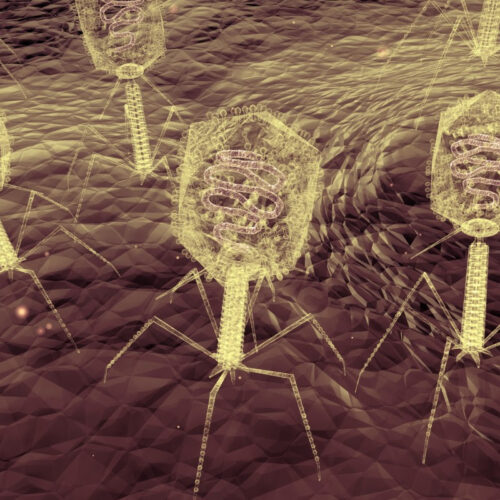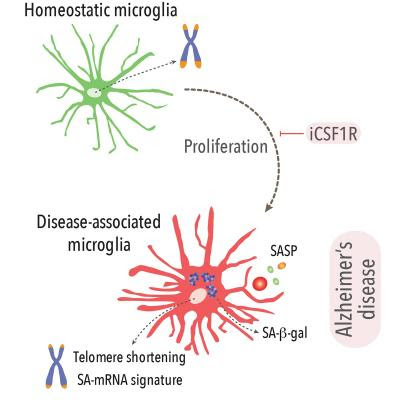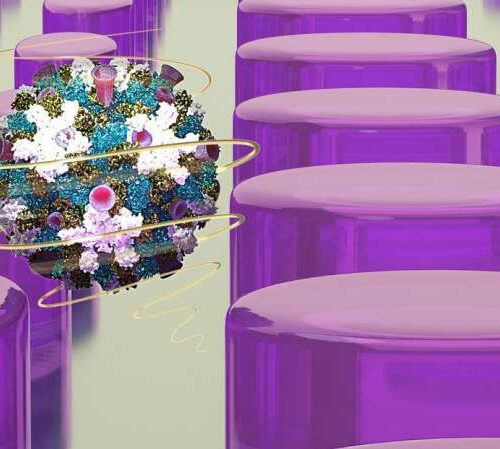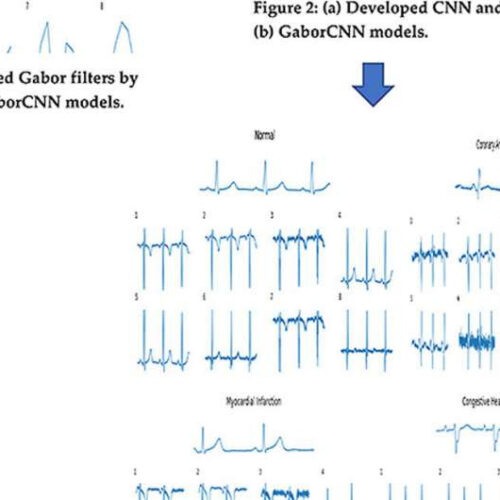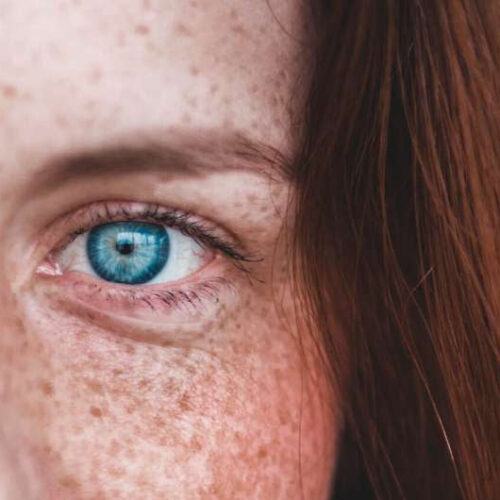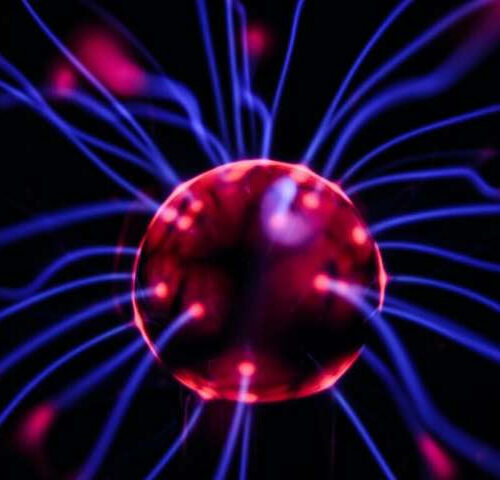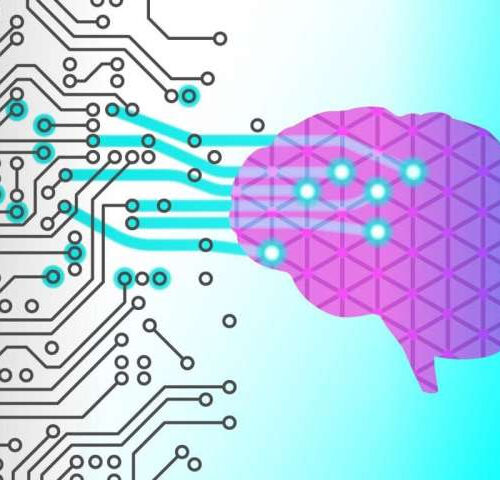By Michael Irving June 08, 2021 Bacteriophages are viruses that prey on bacteria, making them good candidates for treatments against superbugs auntspray/Depositphotos Bacteria have a nasty ability to rapidly evolve, allowing them to evade antibiotics in short order. But now, scientists at UC San Diego have used evolution against them, by “training” bacteria-killing viruses to...
Human brain replays new memories at 20 times the speed during waking rest
CELL PRESS Neural replay during waking rest may contribute to memory consolidation of action sequences in humans, according to a study published June 8 in the journal Cell Reports. Brain imaging results revealed fast, repeated reactivation of a neural network representing a behavioral sequence that people were learning–approximately 20 times the speed of the new memory–especially...
Scientists discover immune cell behavior that plays a key role in Alzheimer’s disease
UNIVERSITY OF SOUTHAMPTON IMAGE: GRAPHICAL DEPICTION. CREDIT: DIEGO GOMEZ-NICOLA / CELL REPORTS A new study has pinpointed a small group of cells in the brain which could be crucial to understanding how Alzheimer’s disease begins and how to slow its progression. This discovery could help research into treatment for the disease by focusing on this key group of...
People with HIV are at higher risk of ageing-related genetic changes
by University of New South Wales The question of how HIV affects the aging process is becoming an increasingly important field of research. Credit: Shutterstock We don’t know enough about biological processes in people who are aging with HIV—a new study sheds light on the matter. Forty years after the first diagnosis of HIV/AIDS, Australian scientists...
Using light to monitor cancer
by Ecole Polytechnique Federale de Lausanne The cancer exosome is detected when the light interacts with the silicon nanostructures. Credit: Yasaman Jahani / 2021 EPFL Researchers at EPFL have developed a technology based on nanophotonics and data science to detect and monitor cancer biomarkers at an early stage. Their research is published in Nature Communications. Medical doctors examine body fluids...
New artificial intelligence tool could speed up diagnosis of cardiovascular diseases
by Nanyang Technological University An abstract of how Gabor-CNN was used to train the diagnostic tool to recognize patterns in patients’ ECGs by inputting examples of ECG signals that reflect cardiovascular diseases. Credit: NTU Singapore A team of researchers from Nanyang Technological University, Singapore (NTU Singapore), Ngee Ann Polytechnic, Singapore (NP), and the National Heart Centre...
‘Tiny first responders’ use powers for good against skin cancer
by University of Queensland Credit: Unsplash/CC0 Public Domain Researchers investigating a group of microscopic cells have discovered they can put the brakes on the rapid development of melanoma lesions. A team at the University of Queensland and collaborators from WEHI and Peter MacCallum Cancer Centre have taken a close look at the Group 2 innate lymphoid cells (ILC2) which...
Using real neural networks to pinpoint the start of brain disease
by Kelly Oakes, Norwegian University of Science and Technology Credit: Unsplash/CC0 Public Domain When the symptoms of neurodegenerative diseases like Parkinson’s become clear enough to make a diagnosis, there have already been significant changes in a person’s brain. That’s why researchers believe that finding a way to identify this turning point could be the key to better treatments....
A drug from resin to combat epileptic seizures
by Linköping University Nina Ottosson is one of the researchers at Linköping University who have studied the effect of different molecules on ion channels. Credit: Thor Balkhed/LiU New molecules, developed by researchers at Linköping University, Sweden, have promising properties as possible drugs against epilepsy. A study published in the journal Epilepsia shows that several of the molecules have...
First glimpse of brains retrieving mistaken memories observed
by University of Texas at Austin Scientists have observed for the first time what it looks like in the key memory region of the brain when a mistake is made during a memory trial. Credit: Jenna Luecke/University of Texas at Austin Scientists have observed for the first time what it looks like in the key memory...

